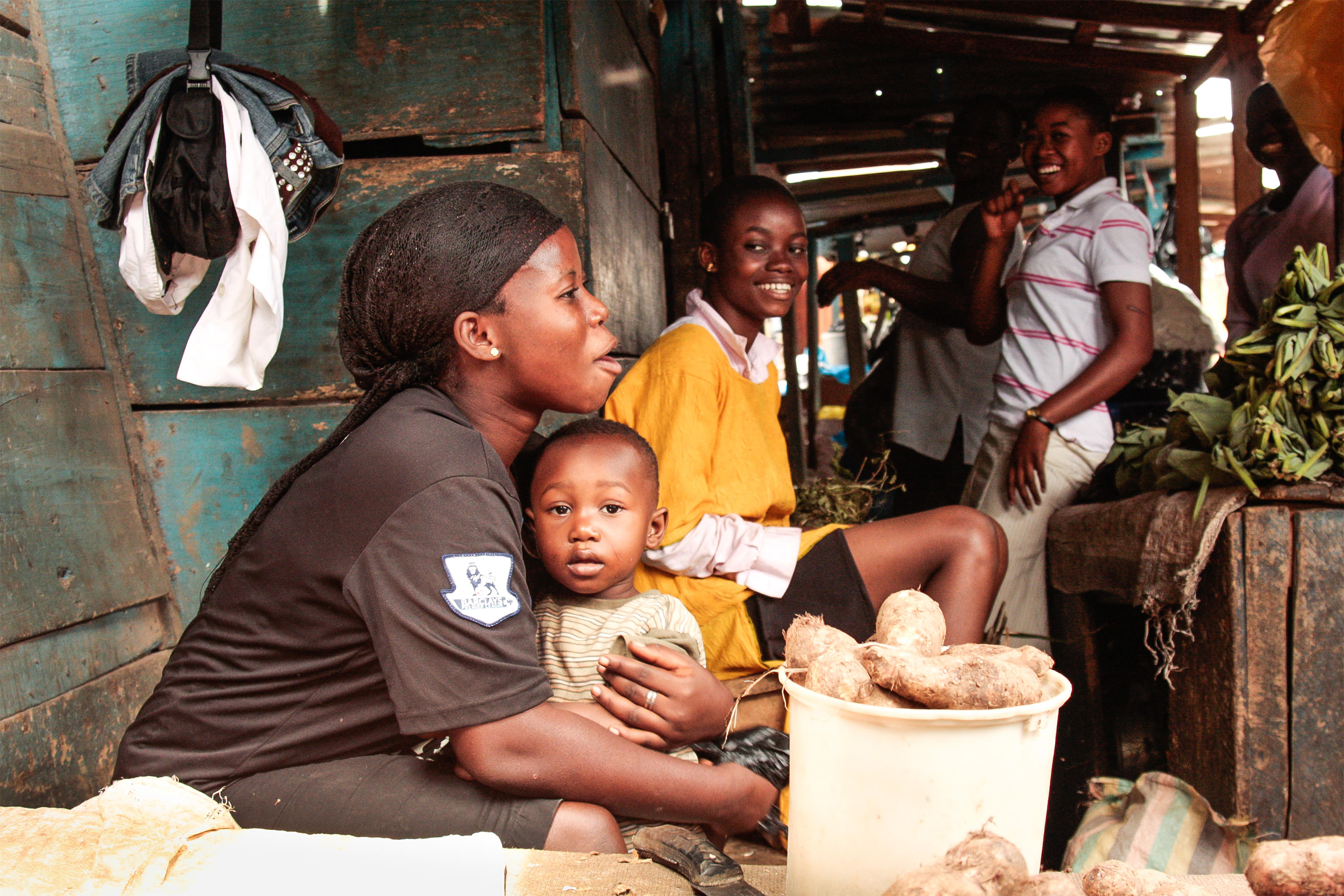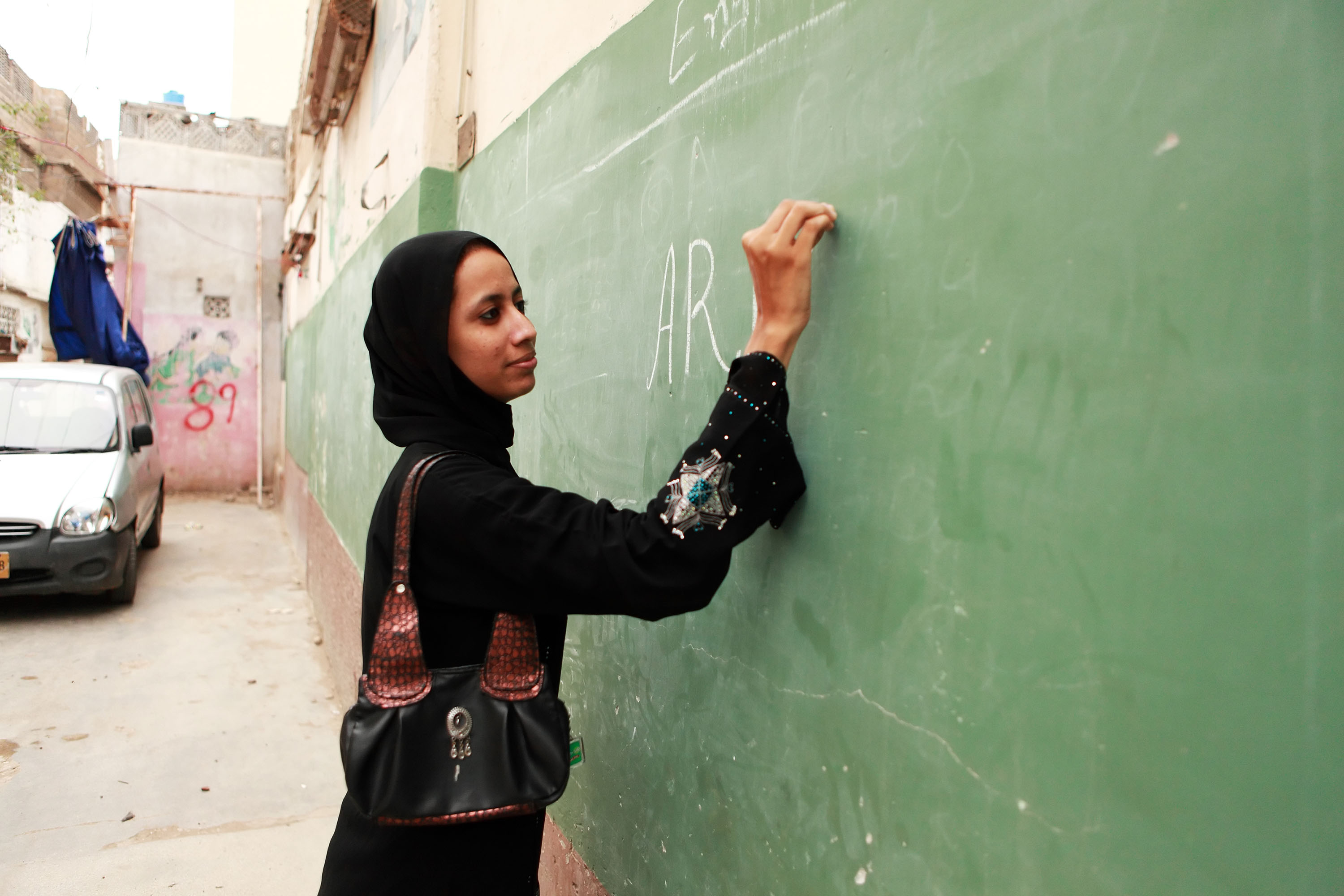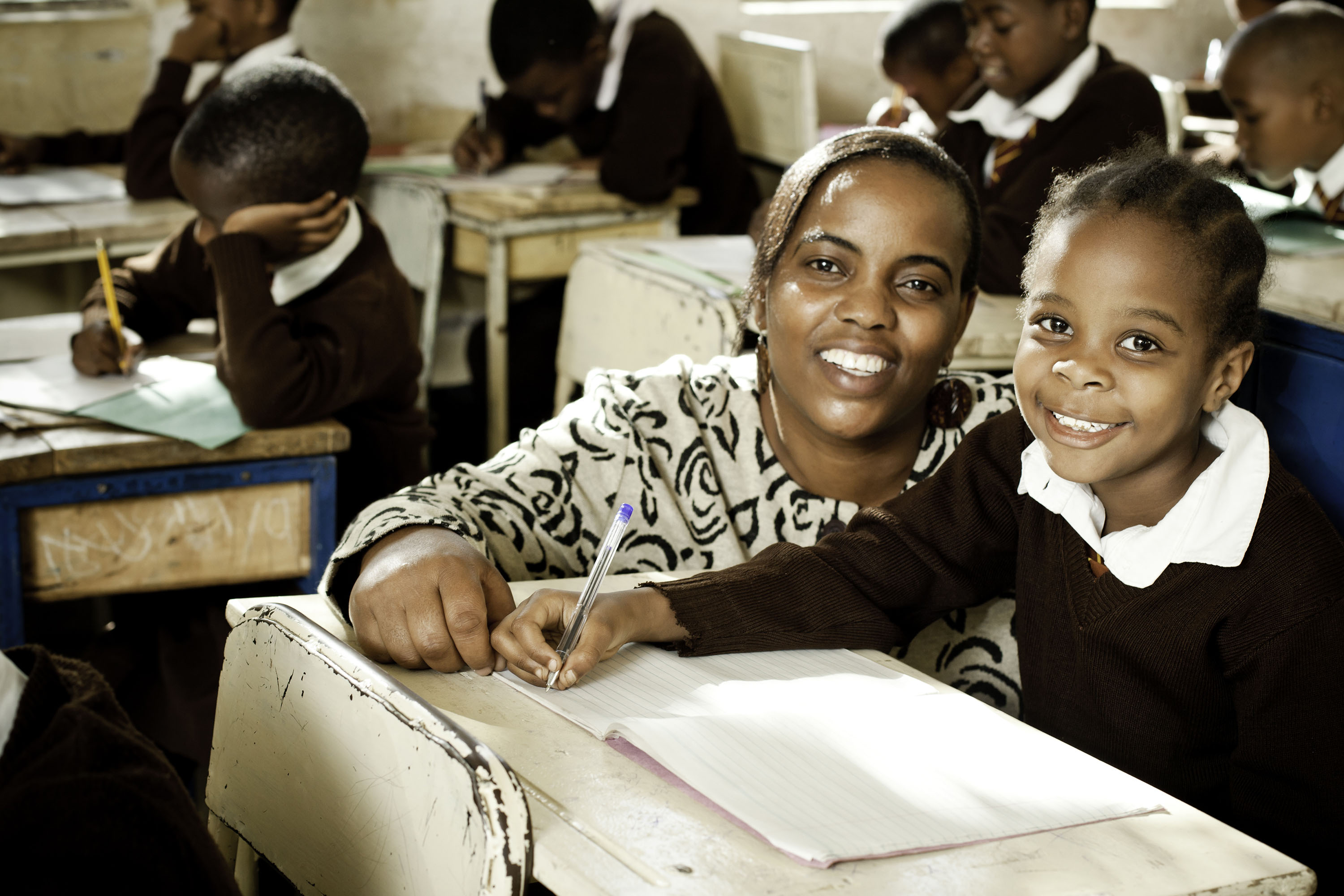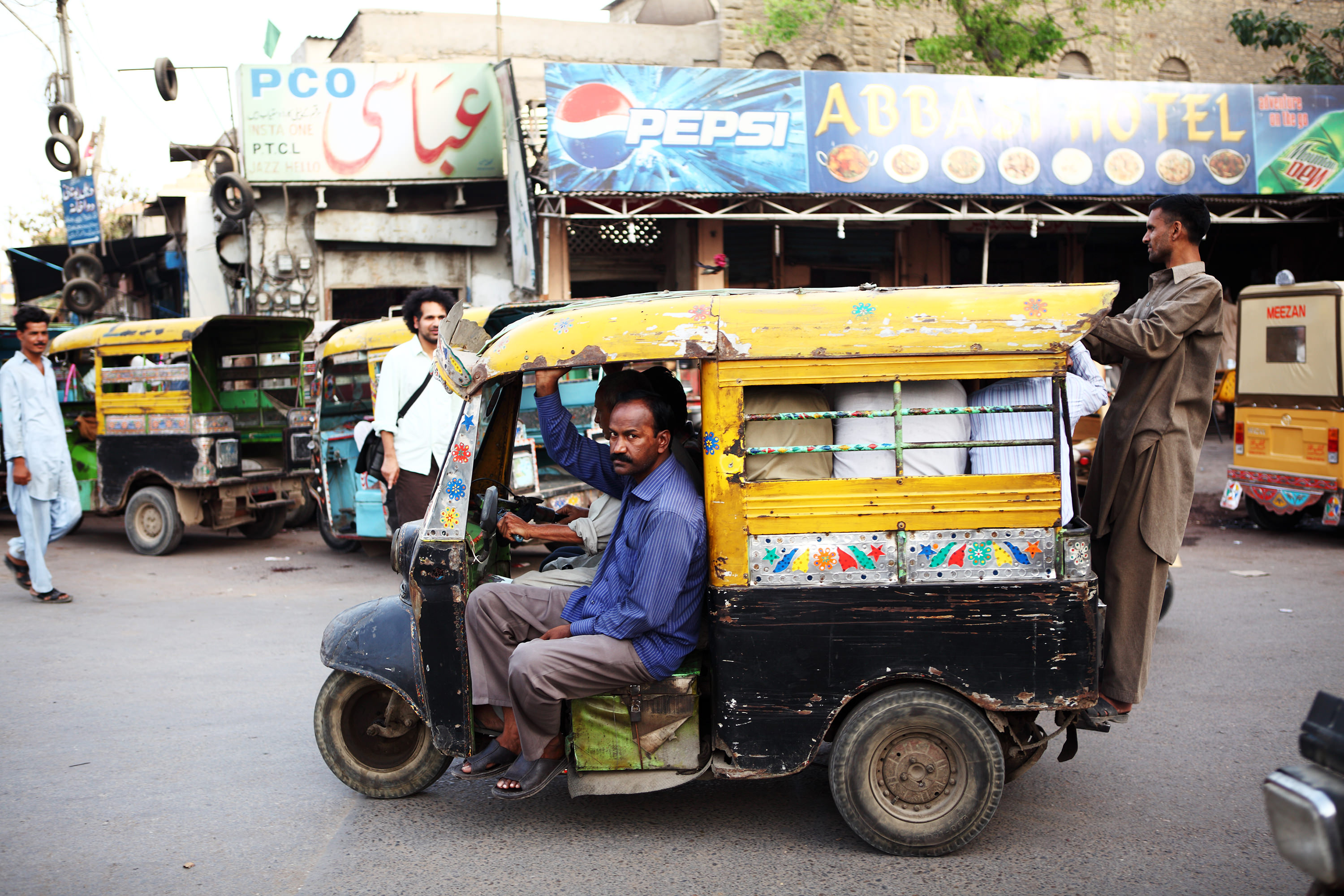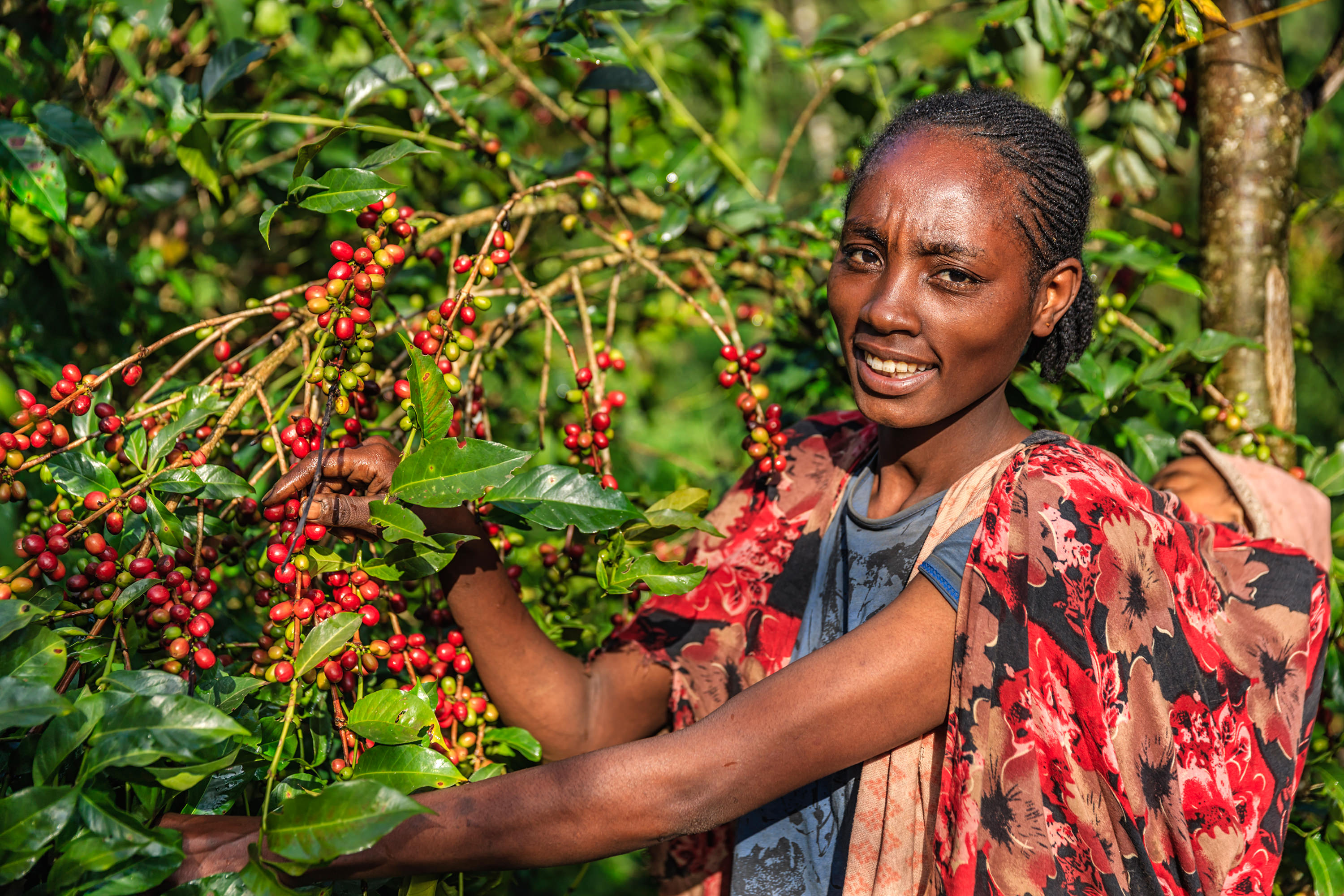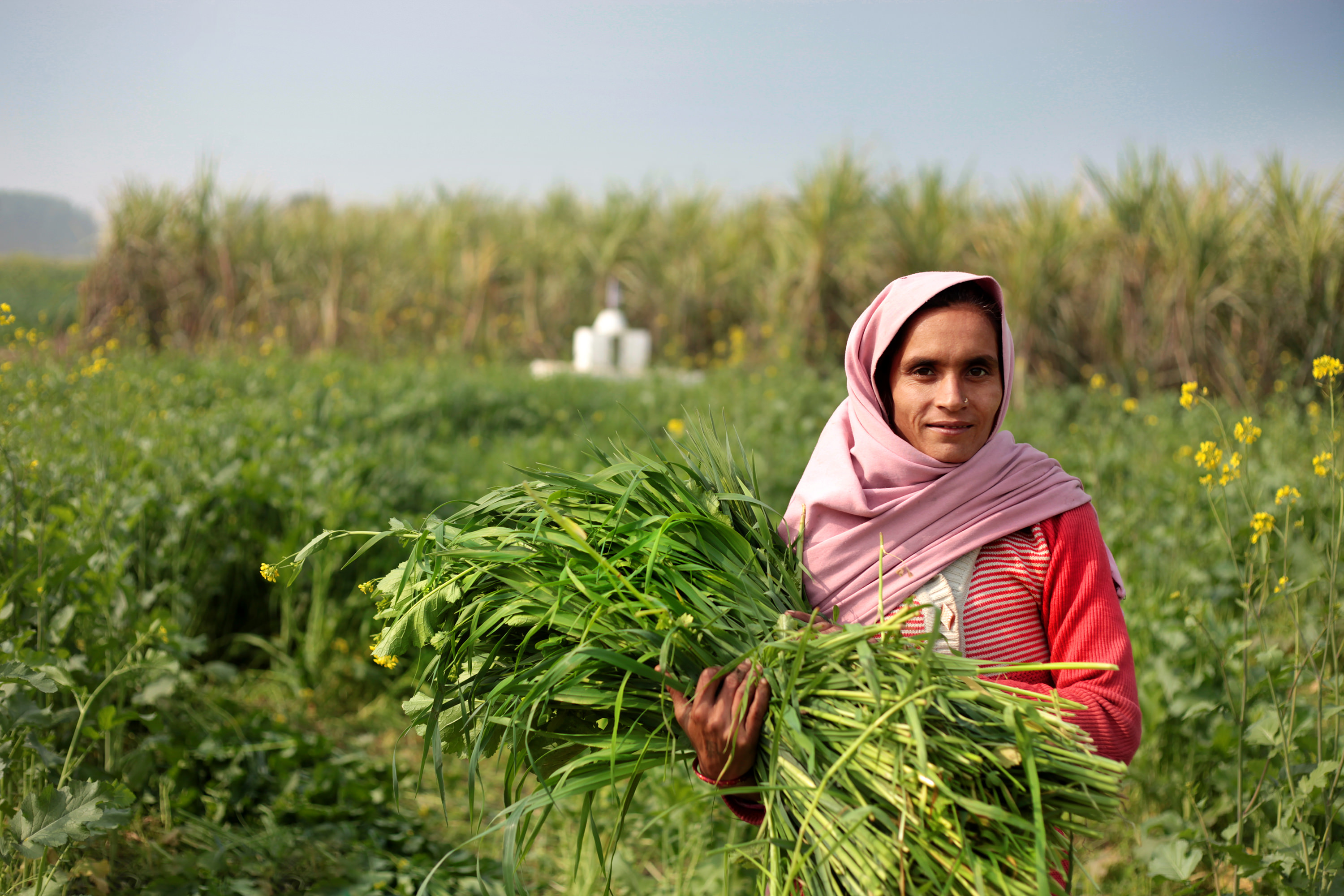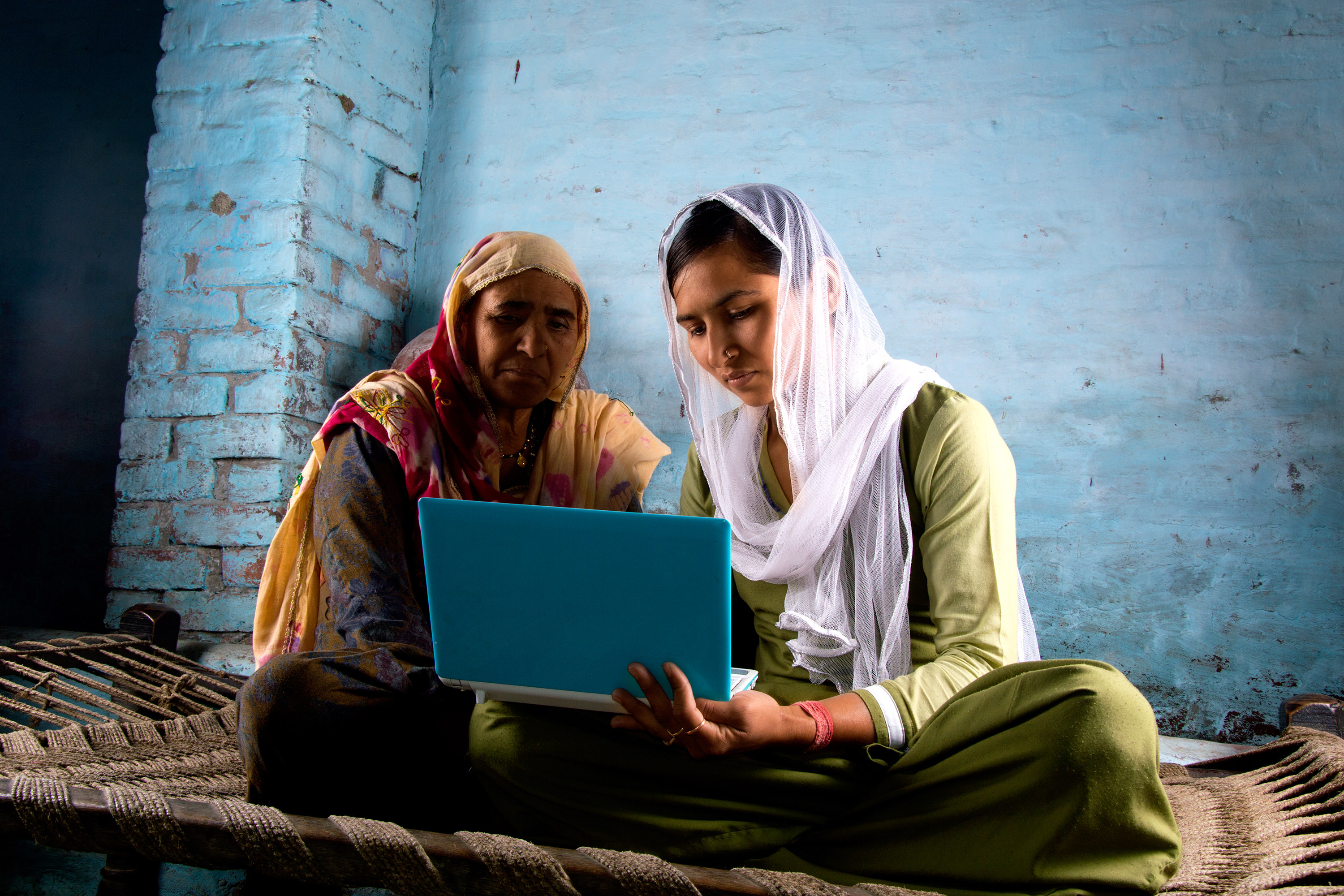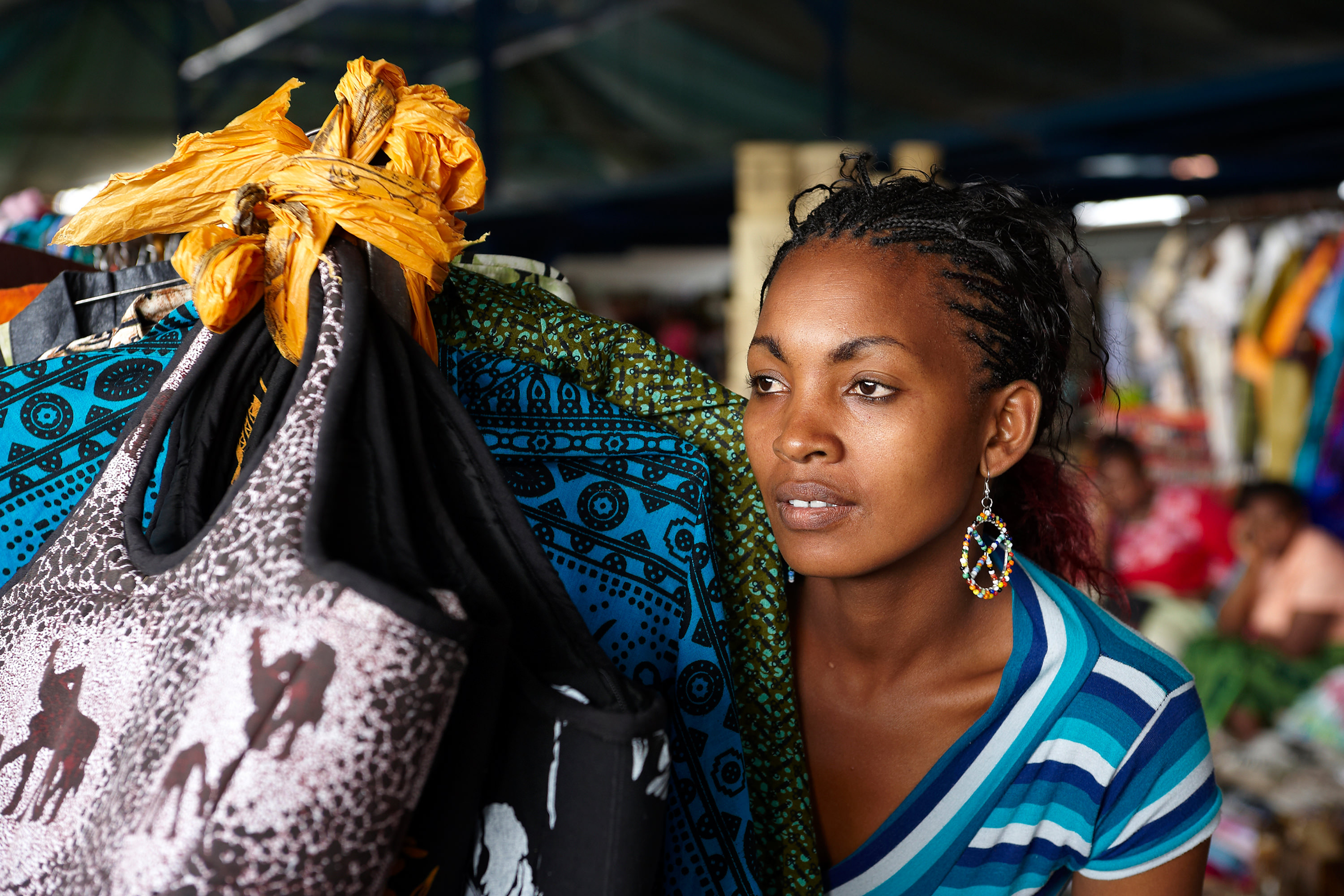The project aims to examine the evidence for the “Doing Gender” hypothesis in Ghana. We examine whether greater earnings by Ghanaian women is associated with increased household bargaining power, proxied by the division of housework between a woman and her husband. The study is relevant as the issue of the division of domestic work has…
Gender
Overcoming Constraints to Female Labor Force Entry
We propose a randomised controlled trial to test the impact of two low-cost interventions to overcome psychological and information constraints to female labor force participation (FLFP). Our research questions are, does (i) motivating female students and (ii) providing information about the job market, promote female labor force entry, as measured by their likelihood of applying…
Entrepreneurship Education and Teacher Training in Rwanda
Youth account for 60% of Africa’s unemployed. In Rwanda, 72% of employed youth work for family firms or are self-employed (African Economic Outlook 2016). These outcomes suggest that schools are failing to develop the skills required to enter formal sector jobs or launch and grow small firms. In response, Rwanda is one of ten African…
Impacts of Microfranchising on Young Women’s Occupational Choices
Youth underemployment is a major challenge facing developing nations, particularly in Africa (Filmer and Fox 2014). Young people are more likely to be unemployed than older adults (Kluve et al. 2016). In low-income countries, unemployment figures also typically underestimate the proportion of youths who cannot find productive jobs (Fares et al. 2006). After leaving school,…
A Labour Markets Research Agenda through a Job Search Platform
Labour markets in low-income countries experience many frictions that impair efficient firm-worker matching (Behrman, 1999). Information frictions can hinder firms’ attempts to observe workers’ skills and productivity (Abel et al., 2016; Bassi & Nansamba, 2017; Carranza et al., 2017), spatial frictions can separate firms and workers (Franklin, 2017), regulatory frictions can deter firms from hiring…
Women’s Access to Public Transport and Labour Force Participation
This project focuses on the labour market entry situation for women in Pakistan. Social norms against women coming into close contact with unrelated men and the discomfort social stigma and threat of possible harassment when they do so, restricts women’s use of public transport in urban areas of many countries, including in South Asia. This…
Fairtrade, Labour Markets and Women’s Economic Empowerment in Ethiopia
Fairtrade has spread under the promise that it has the power to lift poor smallholder farmers out of poverty by providing them with technical assistance, credit, and better prices for their crops. Fairtrade is also viewed as a niche market for high value products in a context of globalisation and trade liberalisation policies that affect…
Empowering Women through Public Policy
In 2005, India’s Parliament passed the National Rural Employment Guarantee Act, a landmark in social protection legislation for the country. The Act moved employment into the domain of legally enforceable rights for a population no less than 120 million, making it the largest work/welfare programme in the world. Since 2009, the eponymous anti-poverty programme has…
Globalization and the Gender Gap
The third Millennium Development Goal is to “Promote gender equality and empower women.” This goal is given some urgency by the fact that significant gender gaps remain, especially in the Low-Income countries (LICs). The World Bank’s 2012 World Development Report, “Gender Equality and Development,” stressed that in the LICs women lag behind men in a…
Girls Empowered by Microfranchising
Integrating young adults into the formal labour market is a major challenge facing developing nations, particularly in Africa (World Bank 2007). High levels of unemployment, especially among youth, have led many policymakers to advocate microfinance (cf Yunus 1999) and other forms of credit market expansion aimed at promoting entrepreneurship. However, empirical evidence on the overall…
